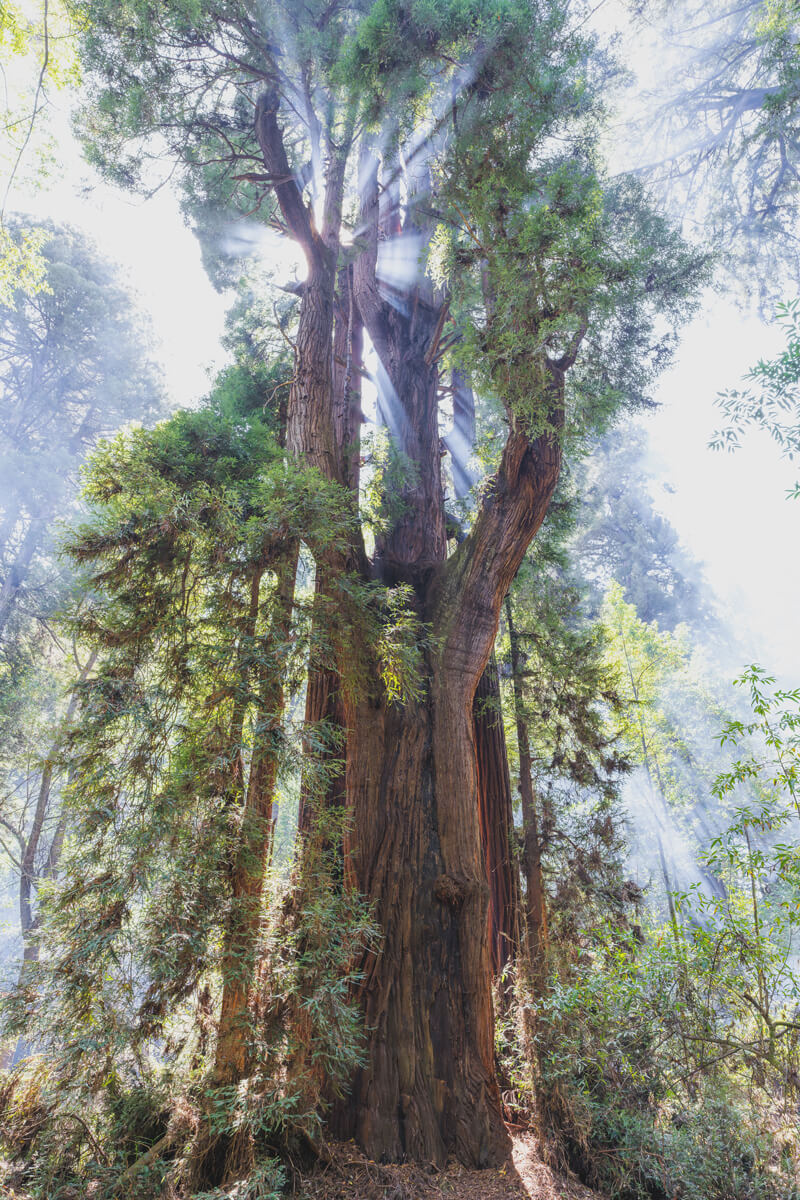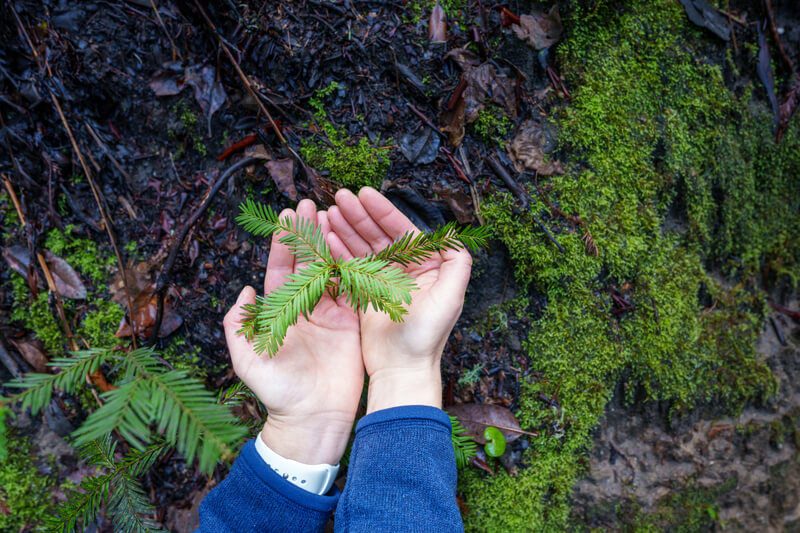Living with Trees: A Historian’s Perspective for the Future
photo by Orenda Randuch
By Dr. Daniel Lewis
Every tree has a life, both individually and as part of a collective, and they to populate our daily lives. They’ve been part of our sightlines and metaphors, our byways, our contexts. We all know them in one way or another, as consumers and users of their wood and byproducts, or through closer associations with individual trees. We all know trees that grew up with us as children. Trees in parking lots, bristling with tiny unseen life, or ones that we witnessed falling, or helped to fell. Trees we hid under for shelter in the rain, or in baking heat. Trees whose smells and sounds and sights trigger deep memories. Trees that sat outside our houses and marked the seasons, losing foliage and growing back, or extending a limb to the windowsill to risk climbing down, to a wider, freer world.
Trees are symbionts, working in conjunction with an army of other organisms that build biodiversity and buttress life on the planet. They are ecosystems that sustain life in and among their roots, trunks, branches, and crowns. Forests also regulate our food security, feeding the planet through a profusion of fruits, vegetables, nuts, spices, and other edibles, as well as our medical needs. Trees provide urban identity, splendor, cooling, and coherence.
The sheer ubiquity of arboreal names also speaks to our cultural desire to signify their importance and to impart some essence of the tranquility and stability inherent in trees: of the twenty most common street names in the United States, five are trees: Oak, Pine, Maple, Cedar, and Elm. We record them like scribes copying manuscripts, over and over again: holiday cards and directions and job applications and passwords. Larch and birch and oak and arbor. In my adopted state of California, the word “wood” shows up on the signs of 14,000 different streets. They are the nomenclatural currency of our lives, these tree words, and we find our way home through them.
“Trees are also our custodians, forecasters, and predictors in an era of changing climates”
Trees are also our custodians, forecasters, and predictors in an era of changing climates. They protect the ground beneath us through their stabilizing and biodiversifying effects. They lower our pulses, and deepen our breath. Trees are powerful actors on our environment. In their total biomass they provide nearly bottomless carbon sinks, annually sequestering millions of tons of carbon dioxide—a greenhouse gas that would otherwise remain in the atmosphere or leach into the earth’s oceans, heating the planet more rapidly. Their work with CO2 is also easy to misunderstand: although it’s often spoken of as a global evil, trees need it to live. Trees don’t just house CO2; they use it as they take it in, appropriate it for photosynthesis, and produce oxygen.

photo by Orenda Randuch
Time changes everything. Much of trees’ timeframes are rendered as a vast evolutionary sweep across the face of the planet’s clock. But eons are made up of days and nights—infinitesimal slices of time in the larger march of life, and trees matter on tiny timescales, too.

photo by Orenda Randuch
My father—a quiet man, stormy, unhappy, and dogged—spent some of his most satisfying moments on the sprawling grounds of our house, which stood on a cliff overlooking the Pacific ocean in Hawai‘i, where he planted ironwood saplings he hoped would grow large enough to staunch the constant erosion of our property into the sea eighty feet below. Many are still there, risen huge. One of my strongest childhood memories was of a tree I helped to remove—a large pandanus in our yard, with tall prop roots that emerged out of the ground, so the tree was on stilts. It was hot, sweaty work, but my dad offered to buy me anything I wanted (within reason) if I helped with the job. It took weeks. He had never offered up this kind of prize, so I was committed to the task. I was eleven or twelve, and I had been pining for a crossbow, and true to my dad’s word, one arrived at our doorstep. I was thrilled, and then proceeded to fire this weapon high into the trunks of gigantic banyan trees on neighboring properties. The arrows are still there, a half-century later. Humans are the tip of the arrow. We have paved the way to decline. Now it’s our chance to pioneer a path to rejuvenation.
Trees need to have their own rights, and be accorded their own dignity. They are essential to all of our lives, and they need our help. The salvation of trees can be the salvation of humans.
“The salvation of trees can be the salvation of humans.”
Trees have already given us so much. We can feel affinity for them without requiring human notions of emotion from them in return. To move to a more environmentally just world, we need to extend our idea of rights, respect, and value to trees and the land that supports us all without anthropomorphizing or monetizing them.
Learn about Dr. Daniel Lewis’ global exploration of trees, how redwoods have survived for eons, and whether they can adapt in the face of climate change as discussed in his new book Twelve Trees: The Deep Roots of Our Future. Join Dr. Daniel Lewis for a free Under the Redwoods webinar on May 28th from 1-2 PM Pacific.
More to Explore
- Explore Redwoods and the Deep Roots of our Future with Dr. Lewis Under the Redwoods
- Read about our Climate Action Plan to help redwoods, and all of us, survive
- Read more about how redwoods improve our health